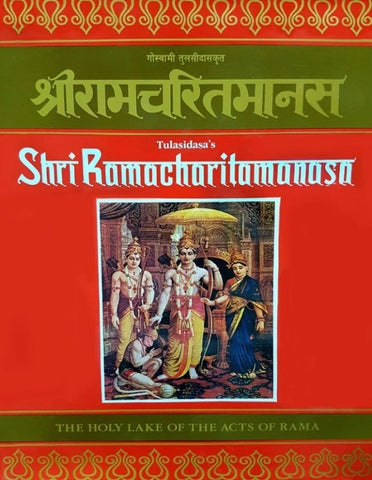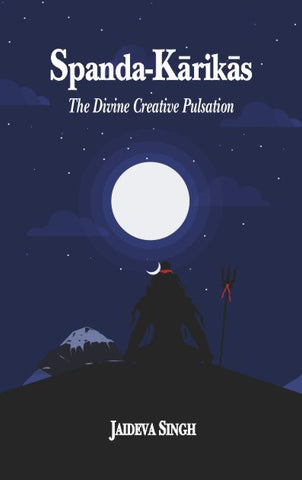Your cart is empty now.
This book is a reworking of an earlier work The Ganesa Purana. Volume One. Upasanakhanda, Otto Harrassowitz, Wiesbaden, 1995. I have revised the translation for this new edition, the Introduction has been substantially shortened and the notes to the translation have been severely truncated.
I have tried to make the translation less literal than in the previous volume and I have been able to correct some mistakes in the initial translation, especially following some good suggestions made by reviewers such as Ludo Rocher and John Brockington.
Introduction
1. THE GANESA PURANA
The Ganesapurana (GnP.) is a Puranic text probably composed in the fourteenth or fifteenth century. Its contents derive partially from earlier literature dealing with Ganesa, but also draw on the body of myths found in the mahapuranas and upapuranas. It is divided into two books, called Upasanakhanda (Ukh.) and Kridakhanda (Krkh.), which are complementary to each other from the perspective of contents. Each book contains many myths and sections of text detailing rituals to be performed to Ganesa, though 'these are much less common in the Krkh. In addition, the forty-sixth chapter of the Ukh. contains a sahasranamastotra and chapters one hundred and thirty-nine to one hundred and fifty of the Krkh. contain the Ganesagita. The presence of both these plus the large body of myths makes this an almost complete devotional text for the worship and theology of Ganesa. Whether the text was developed as a literary expression of one of the Ganapatya sects, cannot be determined because of the lack of any direct connection between it, and the other Purana dealing with Ganesa-the Mudgalapurana-, and the presence of a distinct sect of Ganesa worshippers located at a specific time and place probably in Maharashtra. Yet there must have been an audience for the text, a growing audience judging from the large number of manuscripts dating from about 1760 until the end of the nineteenth century. In addition, institutional support to fund the initial composition of the text must have come from one or more patrons, conceivably, though speculatively, the family of Moraya Gosavi in Chinchwad.
One should not read the extant GnP. in order to find out about the early history .of the development of Ganesa as a god, nor should it be read to discover the meaning of the myths about the early birth of Ganesa, his functioning as Parvati's house-guard and his clash with Siva, subsequent beheading and acquisition of the head of an elephant. 2 As for the first, Ganesa was already a very popular god by the time his Purana was composed and had many sacred places associated with him, though the founding of some of these is provided in the GnP. itself. For the second, the myths of his childhood as they are expressed in the mahapuranas are reinterpreted in the Ukh. and are directly present in the Krkh, but in an extremely muted manner, with the tension between Ganesa and Siva being underplayed, though still in evidence.
Rather the GnP. must be read as the product of a time when Ganesa had already assumed status as one of the most popular Hindu gods over much of the sub-continent. The appearance of both it and the Mudgalapurana at similar periods suggests a need was felt by certain groups of Ganesa worshippers to establish Ganesa textually as a god of status, not unlike Visnu and his more popular avatars, Siva, Hanuman or the goddess. I am not saying there occurred a competition between the worshippers of these gods- especially given the likelihood that many individuals worshipped more than one of them but that it was considered a god-like Ganesa should be represented in a text or texts where he was unambiguously the principal god. This would be a text not only drawing together any myths that might have been developed to expose the unique activities of this god within the larger framework of received mythology, it would also present his theology (through the vehicle of myth and stotra) and collect together as much material pertaining to puja as was deemed necessary. It is true that a series of Tantras dealing with Ganesa had been in existence for some time, but knowledge of them would surely have been restricted to a small circle of adepts.
Regrettably, we have no direct evidence as to how it was used in a recitational sense, though I heard in October 1983 that recitations from it were being performed in a Ganesa temple in Pune. The sahasranama stotra has been recorded in compact disc form and vernacular versions of the text have existed since the early eighteenth century. I have easily been able to purchase several summaries of the text in Marathi and copies of the Tamil Vinayakar Purana can easily be purchased in temple book stalls. Despite this the GnP. seems not to have been widely known outside of a certain intellectual elite and even now, when all the signs suggest Ganesa is becoming a popular god all over India, the text remains largely unknown.
II. DATING AND PLACE OF COMPOSITION OF THE GANESA PURANA
Determination of the date of any Sanskrit text, except for the most recent is always difficult. Not only is it necessary to date the beginning and end of the compositional process, it is also necessary to date the stages corresponding to the development of new recensions if these arise. In the case of the GnP., the manuscript evidence I have looked at does not suggest the evolution of the text through various stages. Of course, this applies only to the manuscript tradition. Any evidence pertaining to the presence of an oral tradition is completely lost to us. The manuscript evidence is consistent in presenting a very late date for the text and does not allow us to establish a stemma for the manuscripts of which there is a very large number.
That so many appear at a particular time (between 1700 and 1850) is in itself a significant development in the dispersal of the text and is one definite indication of the popularity of the god and the systematization of attempts to portray him as a popular god. The existence of both the GnP. and the MudP, with their huge body of myths, metaphysical components, and substantial ritual elements, reflects a felt need to codify all aspects of Ganesa worship and to universalize a god who must have already been universalized if we can judge from the dispersion of iconographical evidence. What this means is that any scholarly study of the GnP. will be required to date the text and date the extensive appearance of manuscripts.
We cannot know the prior history of the development of the GnP. if it did in fact exist prior to its earliest manuscript evidence. Obviously, using the epics as a parallel example, a given text can exist either in oral or written form long before its earliest manuscripts but to prove this we need to have external evidence of the kind that includes testimonials. Only in the latest of the Nibandhas (1708) do we find evidence of the use of the GnP. as a source and in the earlier Nibandhas, sources for the Ganesacaturthi rituals are listed as several of the mahapuranas which deal extensively with Ganesa.
Delivery and Shipping Policy
- INTERNATIONAL SHIPPING
- Rs.1000-1100/kg
- ESTD. Delivery Time: 2-3 weeks (depending on location)
- Bubble Wrapped with Extra Padding
- NATIONAL SHIPPING
- NCR: Rs. 30/half kg
- Standard: Rs. 80/half kg
- Express shipments also available on Request
- ESTD. Delivery Time: Ranging from 1-4 days up to 7 business days (Depending on your choice of Delivery)
- TRACKING
- All orders; national or international, will be provided with a Tracking ID to check the status of their respective orders
- Depending on the Shipping Service, Tracking ID may be used on their respective tracking portals
Frequently Asked Questions (FAQs)
Domestic Shipping: 3-4 Days (after shipping)
International Shipping: 1-2 weeks (based on your location)
You will receive an email once your order has been shipped or you can email us if you didn't receive tracking details (info@mlbd.co.in)
Every book that we sell is the latest edition except all the rare books
Yes, we do provide free shipping, only on domestic orders (within India) above Rs.1500

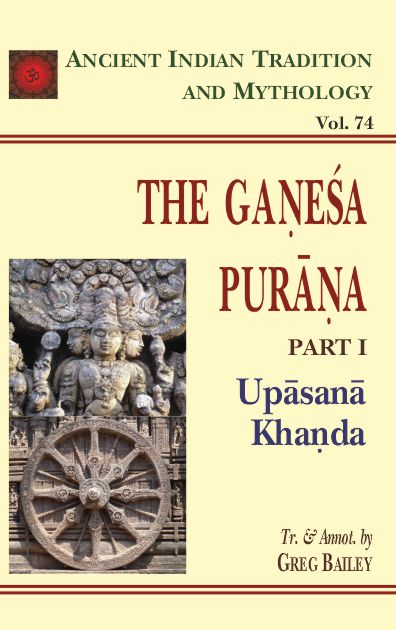
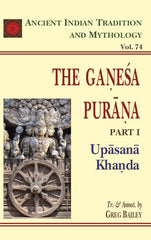
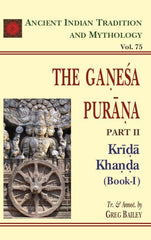
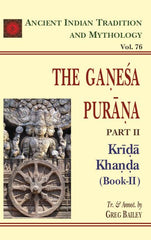
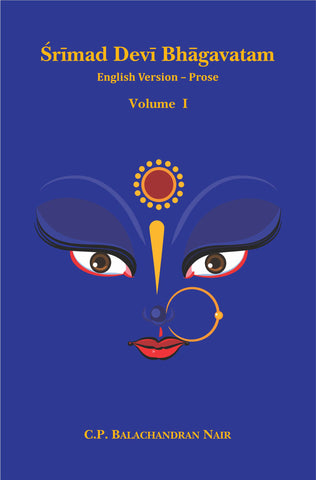
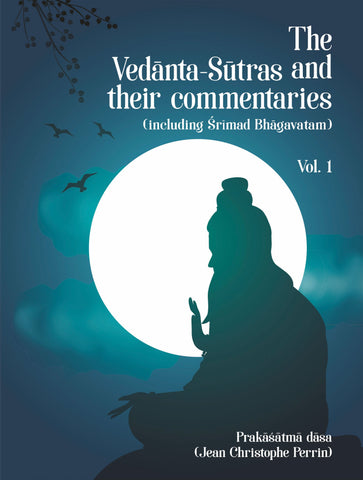
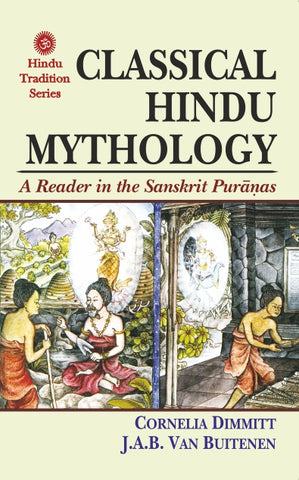
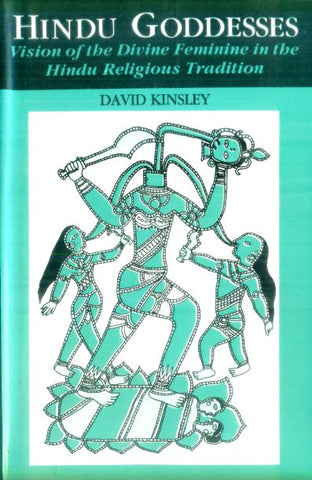
![Advaita Vedanta mein Gyan evam Bhakri : Darshnik Vimarsha [Knowledge and Devotion in Advaita Vedanta : Philosophical Discourse] by Dr. Satyakam Mishra and Dr Karan Sigh](http://www.motilalbanarsidass.com/cdn/shop/products/ADVAITAVEDANTAMEGYAN_large.jpg?v=1675408211)
